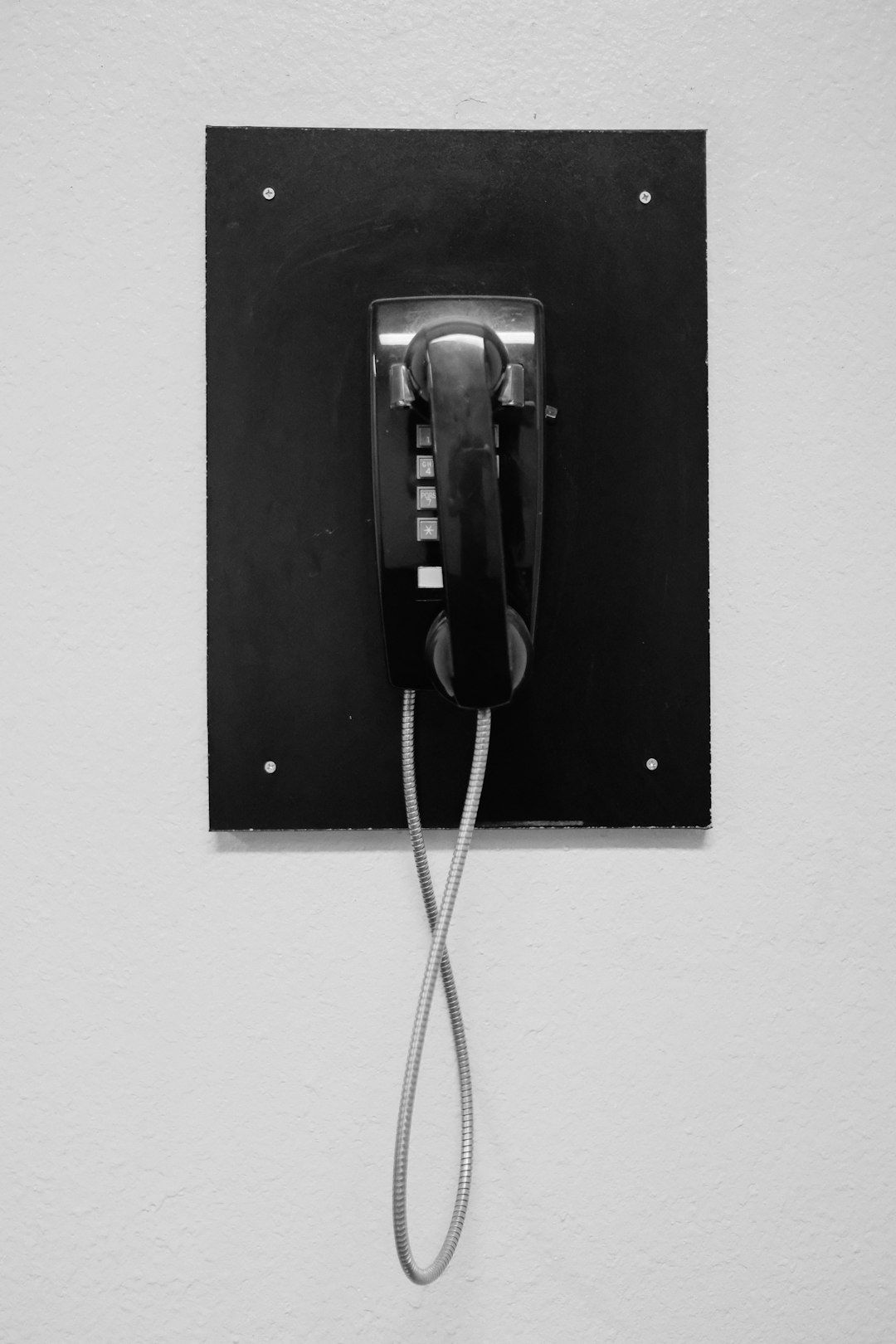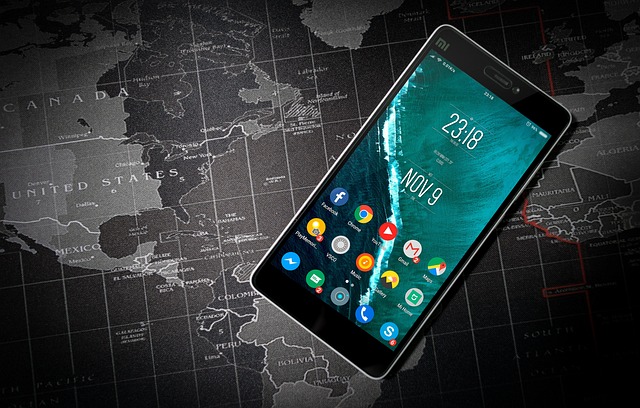The pipe symbol (`|`), a simple yet versatile design, is a globally recognized icon that symbolizes connections and pathways across diverse fields like plumbing, programming, engineering, computer networks, and online platforms. Its universal appeal lies in its ability to enhance communication and information dissemination both physically and digitally. From ancient hieroglyphics to modern data science, the pipe has evolved from separating text to indicating citations and formatting, now serving as a vital operator in programming and digital applications. Today, its versatility extends across 30 diverse fields, making it an indispensable tool in traditional and technological domains.
“The pipe symbol, a universal icon with profound historical roots, transcends cultures and contexts. This multifaceted sign appears in various forms—from ancient pipelines to modern art installations—each carrying distinct symbolism. From its role in engineering and construction to its presence in pop culture and folklore, the pipe has evolved into a global cultural phenomenon.
Delve into this comprehensive exploration of the pipe’s history, symbolism, artistic expressions, technical applications, and cultural significance worldwide. Discover how this seemingly simple symbol has become an intricate thread weaving through human history and modern society.”
The Universal Pipe Symbol: A Global Icon

The Universal Pipe Symbol: A Global Icon
The pipe symbol, represented by two vertical lines connected by a bent or curved line, transcends cultural and linguistic barriers as a universally recognized icon. Its simple yet versatile design has earned it a prominent place in various fields, from plumbing to programming and beyond. This global recognition stems from the pipe’s inherent ability to symbolize connections, transitions, and pathways — fundamental concepts that resonate across diverse disciplines.
Whether used to depict a water or gas flow in engineering diagrams, indicate data transmission channels in computer networks, or represent social interactions on online platforms, the pipe symbol serves as a powerful visual shorthand. Its universal understanding fosters immediate comprehension, making it an indispensable tool for communication and information dissemination both in physical and digital spaces alike.
Historical Origins: From Ancient Times to Modern Use

Pipe Symbol: Definitions & Historical Origins
The pipe symbol, represented as `|`, is a versatile and enduring icon with a rich history that spans ancient civilizations to modern digital age. Its meaning and applications have evolved significantly over time, reflecting changing cultures and technologies.
Historically, the pipe served various functions in writing and communication. In ancient times, it was used in hieroglyphics and early forms of written language as a separator or marker. As paper and printing technology advanced, pipes took on roles indicating citations, references, and even formatting elements. With the advent of computer programming, the pipe symbol found new life as a crucial operator for data flow and process orchestration. Today, its versatility continues to expand across fields from data science and cybersecurity to user interfaces and text formatting, making it an indispensable tool in both digital and analog realms.
Types of Pipes and Their Representations

Pipe Symbol Descriptions
1. Universal Connectivity: The pipe symbol, often represented as |, signifies connections and links between different elements, ideas, or systems.
2. Data Flow: It’s a visual shorthand for data transmission, showing how information flows from one point to another.
3. Streamlined Communication: Pipes signify clear and direct communication channels, eliminating clutter and complexity.
4. Pipeline Infrastructure: In literal terms, pipes represent physical structures used to transport fluids or gasses over long distances.
5. Organisational Structure: Within companies, pipes can visually map out hierarchical levels and reporting lines.
6. Music Notation: In music theory, pipe symbols indicate specific notes and rhythms within a musical score.
7. Linguistics & Syntax: Pipes serve as delimiters in formal languages, separating elements of a sentence structure.
8. Computer Programming: Used extensively in code to separate commands, variables, and functions for clarity.
9. Mathematics: In set theory, pipes (⇒) represent implication, showing one set leading to another.
10. Engineering & Design: Crucial for detailing flow diagrams, schematics, and blueprints, showcasing systems and processes.
11. Architecture: Represents structural elements like plumbing runs or ventilation ducts within buildings.
12. Environmental Science: Used in ecological models to depict the movement of water, nutrients, or pollutants through ecosystems.
13. Geology: Can signify fault lines or fractures in rock formations.
14. Medicine: Sometimes used in diagrams of the human circulatory system to show blood flow.
15. Chemistry: Represents reaction paths and product formation in chemical equations.
16. Logistics & Supply Chain: Shows the movement of goods from supplier to destination through various stages.
17. Financial Reporting: Delimits categories within financial statements, such as revenue, expenses, and assets.
18. Legal Documents: May be used in contracts or agreements to separate clauses and provisions.
19. Music Notation Software: A visual cue for users to insert breaks, pauses, or special musical markings.
20. Data Visualization Tools: Essential for creating clear and organized charts, graphs, and flowcharts.
21. Networking: Represents connections between devices in a computer network.
22. Web Development: Used in HTML/CSS to create layout structures and separate content from presentation.
23. Linguistics Software: Helps parse sentences and analyze grammatical relationships.
24. Engineering Simulation: In CAD software, pipes model fluid dynamics and heat transfer.
25. Space Exploration: Represents data links between spacecraft, ground stations, and satellites.
26. Agriculture: Can depict irrigation systems or the movement of crops through processing facilities.
27. Manufacturing: Indicates product assembly lines and material flow within factories.
28. Waste Management: Shows waste water treatment processes and disposal routes.
29. Telecommunications: Represents fiber optic cables, copper wires, or wireless signals carrying data.
30. Time Lines: Often used to delineate periods of time or stages in a project timeline.
Types of Pipes and Their Representations
Pipes come in various forms depending on their application. For instance, in engineering diagrams, solid pipes signify robust, permanent structures while dashed lines represent temporary or tentative connections. In computer programming, vertical bars might indicate function boundaries, while horizontal pipes could symbolize data streams between processes. Music notation uses specific pipe symbols for different types of rests and rhythms. Understanding these nuances is essential for accurately interpreting visual representations utilizing the pipe symbol across diverse fields.
The Pipe in Pop Culture: From Art to Law (Without Mentioning Virginia)

Pipe Symbol Descriptions:
1. A versatile icon, the pipe symbolizes connectivity and flow, representing the link between ideas, people, or systems.
2. Its simple design, often depicted as a curved line with a right angle, is instantly recognizable worldwide.
3. Historically used in engineering and plumbing, it now holds cultural significance across diverse fields.
4. In digital spaces, pipes act as intermediaries, facilitating data transmission and network communication.
5. They represent the bridge between different realms, be it technology, art, or even social interactions.
6. The pipe’s curved form suggests movement and transition, making it a powerful metaphor for change.
7. Its geometric simplicity allows for endless artistic interpretations, from sculptures to graphic designs.
8. As a symbol, it can convey privacy, secrecy, or the hidden aspects of a system, often used in encryption and coding.
9. In urban landscapes, pipes are essential infrastructure, carrying water, sewage, or steam beneath our feet.
10. They serve as silent witnesses to history, weaving an unseen tapestry beneath bustling cities.
11. The pipe’s resilience and longevity mirror the enduring impact of ideas and innovations it carries.
12. Its ability to convey complex information in a concise manner makes it valuable in data visualization.
13. In marketing and branding, pipes can represent funnels, guiding customers through purchasing journeys.
14. As a design element, a well-placed pipe can add industrial charm or a modern twist to any space.
15. Its universal appeal lies in its accessibility; anyone can understand the basic concept of connectivity.
16. Pipes are essential for navigating complex systems, from computer networks to legal frameworks.
17. They teach us about the interdependence of components, showing that progress relies on connections.
18. In literature and storytelling, pipes may metaphorically represent communication channels or hidden narratives.
19. The act of connecting pipes can symbolize collaboration, bringing diverse elements together.
20. As a logo or emblem, it offers a subtle yet memorable way to represent unity or data flow.
21. Its minimalism makes it adaptable for various contexts, from technical diagrams to fashion designs.
22. Pipes are the unsung heroes of modern life, enabling the smooth functioning of countless processes.
23. They embody efficiency and organization, ensuring resources flow where they’re needed most.
24. In art installations, pipes can create captivating structures, challenging perceptions of everyday objects.
25. Their industrial aesthetic has inspired numerous artistic movements, from metalwork to street art.
26. As a decorative element, pipes add character to homes, offices, and public spaces alike.
27. They offer a unique blend of functionality and aesthetics, appealing to both practical and visual senses.
28. In legal contexts, the pipe symbol can represent confidentiality or data protection agreements.
29. It serves as a reminder that even in complex systems, simplicity can be powerful.
30. Ultimately, the pipe symbolizes unity, connection, and progress, bridging gaps and enabling advancement.
The Pipe in Pop Culture: From Art to Law
The pipe has transcended its technical origins to become a ubiquitous symbol in popular culture. Its versatile nature allows it to appear in diverse forms of media, from abstract art installations to intricate legal documents. In the realm of art, artists have embraced pipes as a medium for exploration and expression, creating captivating sculptures that challenge perceptions and spark conversations. These artistic representations often delve into themes of connectivity, urban landscapes, and the beauty found in everyday objects.
In the legal field, without specifically referring to any particular state or region, the pipe symbol takes on new significance. It can be found in non-disclosure agreements, data protection policies, and confidential transactions, emphasizing the importance of secrecy and secure communication. This versatile icon’s ability to represent both artistic expression and legal confidentiality underscores its profound impact on modern culture.






